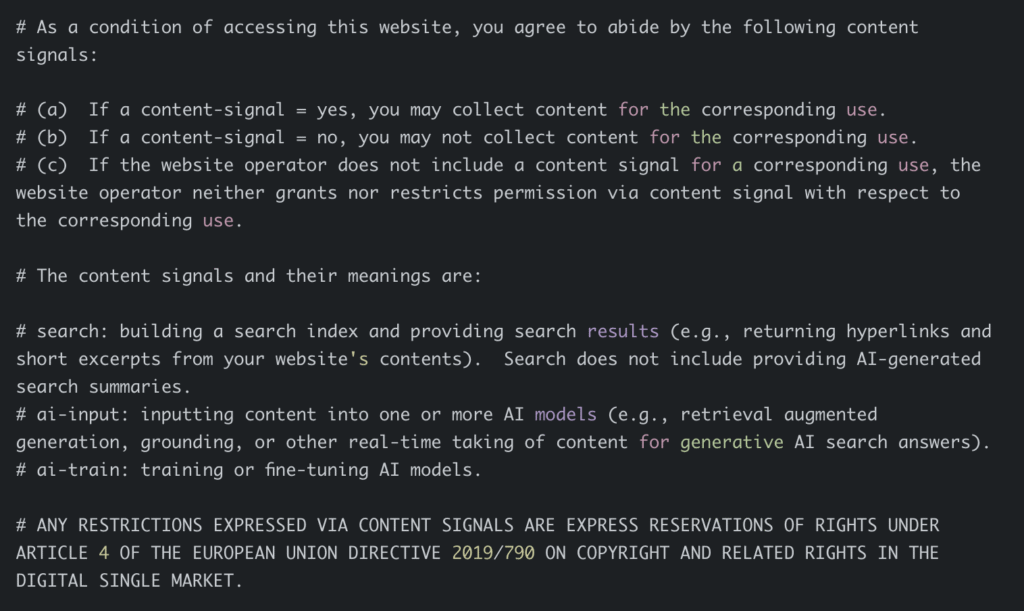Introduction to AI-Generated Lesson Plans
To collect data for a recent study, researchers prompted three GenAI chatbots to generate lesson plans for eighth-grade civics classes based on Massachusetts state standards. The chatbots used were the GPT-4o model of ChatGPT, Google’s Gemini 1.5 Flash model, and Microsoft’s latest Copilot model. They were asked to create two sets of lesson plans: a standard one and a highly interactive one.
Analyzing the Dataset
The researchers garnered a dataset of 311 AI-generated lesson plans, featuring a total of 2,230 activities for civic education. To analyze the dataset, they used two frameworks designed to assess educational material: Bloom’s taxonomy and Banks’ four levels of integration of multicultural content.
Bloom’s Taxonomy
Bloom’s taxonomy is a widely used educational framework that distinguishes between “lower-order” thinking skills, including remembering, understanding, and applying, and “higher-order” thinking skills—analyzing, evaluating, and creating. Using this framework to analyze the data, the researchers found that 90 percent of the activities promoted only a basic level of thinking for students. Students were encouraged to learn civics through memorizing, reciting, summarizing, and applying information, rather than through analyzing and evaluating information, investigating civic issues, or engaging in civic action projects.
Banks’ Four Levels of Integration of Multicultural Content
When examining the lesson plans using Banks’ four levels of integration of multicultural content model, the researchers found that the AI-generated civics lessons featured a rather narrow view of history—often leaving out the experiences of women, Black Americans, Latinos and Latinas, Asian and Pacific Islanders, disabled individuals, and other groups that have long been overlooked. Only 6 percent of the lessons included multicultural content. These lessons also tended to focus on heroes and holidays rather than deeper explorations of understanding civics through multiple perspectives.
The Limitations of AI-Generated Lesson Plans
Overall, the researchers found the AI-generated lesson plans to be decidedly boring, traditional, and uninspiring. If civics teachers used these AI-generated lesson plans as is, students would miss out on active, engaged learning opportunities to build their understanding of democracy and what it means to be a citizen.
Conclusion
The study highlights the limitations of relying solely on AI-generated lesson plans for civics education. While AI can be a useful tool for generating educational content, it is crucial to ensure that the material is engaging, inclusive, and promotes higher-order thinking skills. Teachers and educators should be aware of these limitations and use AI-generated lesson plans as a starting point, rather than a replacement, for thoughtful and interactive civic education.
FAQs
Q: What were the main findings of the study?
A: The study found that AI-generated lesson plans for civics education were largely traditional and uninspiring, promoting basic thinking skills and lacking multicultural content.
Q: What frameworks were used to analyze the dataset?
A: The researchers used Bloom’s taxonomy and Banks’ four levels of integration of multicultural content to assess the educational material.
Q: What percentage of lessons included multicultural content?
A: Only 6 percent of the lessons included multicultural content.
Q: What are the implications of the study for civics education?
A: The study highlights the need for teachers and educators to be aware of the limitations of AI-generated lesson plans and to use them as a starting point, rather than a replacement, for thoughtful and interactive civic education.











